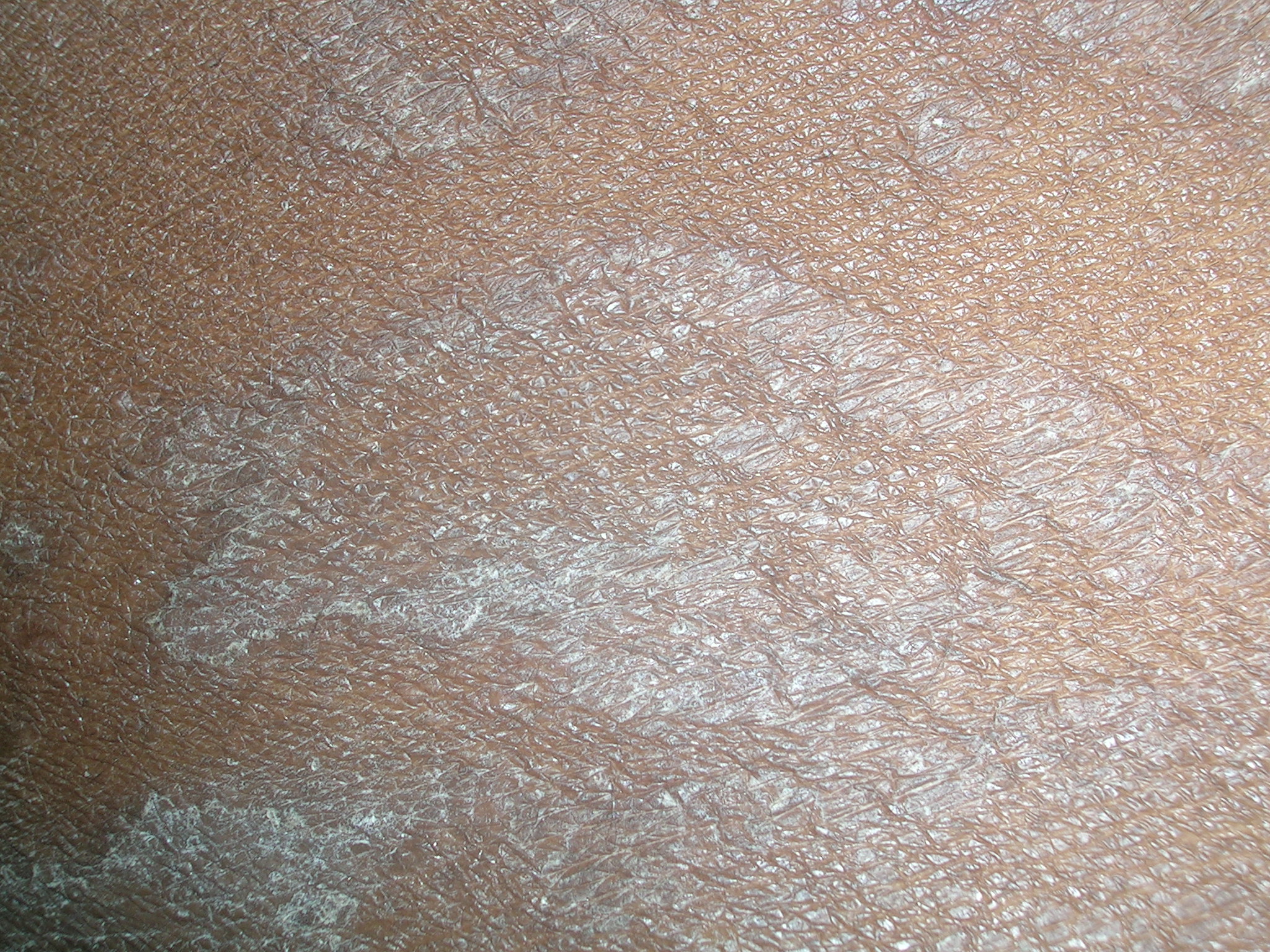We diagnosed pityriasis rosea by the clinical appearance, even though there was no obvious herald patch. The collarette scale was visible and the distribution was consistent with pityriasis rosea. The differential diagnosis for pityriasis rosea includes secondary syphilis and tinea versicolor.
The physician reassured the young woman and her mom that pityriasis rosea resolves spontaneously within 6 to 8 weeks. At a visit for a college physical 3 months later, her skin was clear and there was no scarring.
Photos and text for Photo Rounds Friday courtesy of Richard Usatine, MD. This case was adapted from: Henderson D, Usatine R. Pityriasis rosea. In: Usatine R, Smith M, Mayeaux EJ, Chumley H, Tysinger J, eds. The Color Atlas of Family Medicine. New York, NY: McGraw-Hill; 2009:539-544.
To learn more about The Color Atlas of Family Medicine, see:
* http://www.amazon.com/Color-Atlas-Family-Medicine/dp/0071474641


